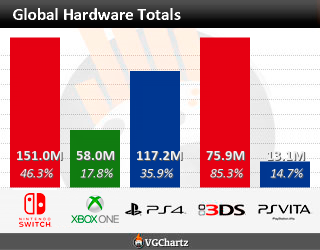 Playing cards were found in China as early as the 9th century during the Tang Dynasty (618–907), when relatives of a princess played a “leaf game”.[1][2][3] The Tang writer Su E (obtained a jinshi degree in 885) stated that Princess Tongchang (?–870), daughter of Emperor Yizong of Tang (r. 860–874), played the leaf game with members of the Wei clan to pass the time.[4] The Song Dynasty (960–1279) scholar Ouyang Xiu (1007–1072) asserted that card games existed since the mid Tang Dynasty and associated their invention with the simultaneous development of using sheets or pages instead of paper rolls as a writing medium.[4][5] A book called Yezi Gexi was allegedly written by a Tang era woman, and was commented on by Chinese writers of subsequent dynasties.[5]
Playing cards were found in China as early as the 9th century during the Tang Dynasty (618–907), when relatives of a princess played a “leaf game”.[1][2][3] The Tang writer Su E (obtained a jinshi degree in 885) stated that Princess Tongchang (?–870), daughter of Emperor Yizong of Tang (r. 860–874), played the leaf game with members of the Wei clan to pass the time.[4] The Song Dynasty (960–1279) scholar Ouyang Xiu (1007–1072) asserted that card games existed since the mid Tang Dynasty and associated their invention with the simultaneous development of using sheets or pages instead of paper rolls as a writing medium.[4][5] A book called Yezi Gexi was allegedly written by a Tang era woman, and was commented on by Chinese writers of subsequent dynasties.[5]
Ancient Chinese “money cards” have four “suits”: coins (or cash), strings of coins (which may have been misinterpreted as sticks from crude drawings), myriads (of coins or of strings), and tens of myriads (where a myriad is 10000). These were represented by ideograms, with numerals of 2–9 in the first three suits and numerals 1–9 in the “tens of myriads”. Wilkinson suggests that the first cards may have been actual paper currency which were both the tools of gaming and the stakes being played for,[6] as in trading card games. The designs on modern Mahjong tiles likely evolved from those earliest playing cards. However, it may be that the first deck of cards ever printed was a Chinese domino deck, in whose cards we can see all the 21 combinations of a pair of dice. In Kuei-t’ien-lu, a Chinese text redacted in the 11th century, we find that dominoes cards were printed during the Tang Dynasty, contemporary to the first printed books. The Chinese word pái (牌) is used to describe both paper cards and gaming tiles.




